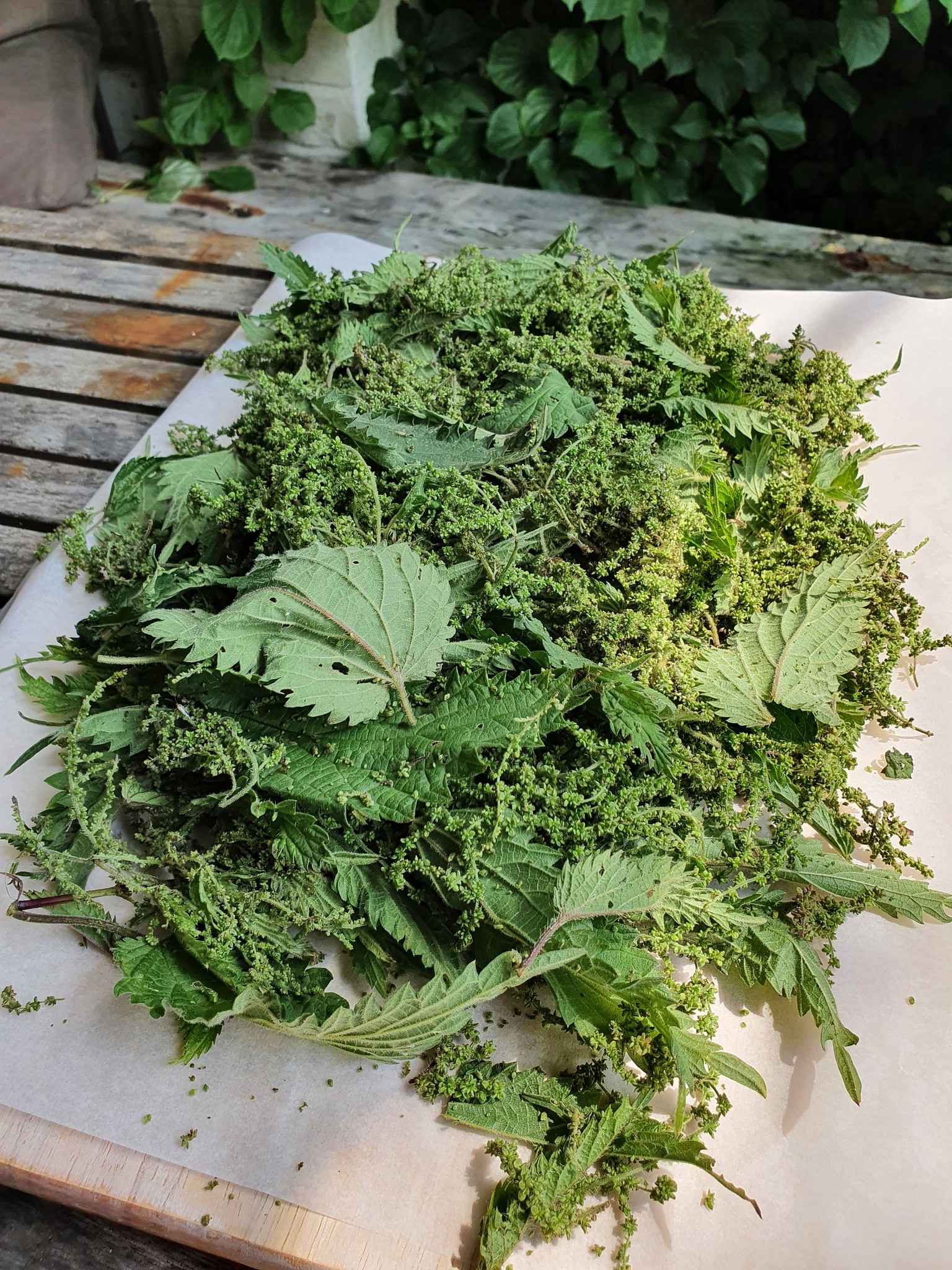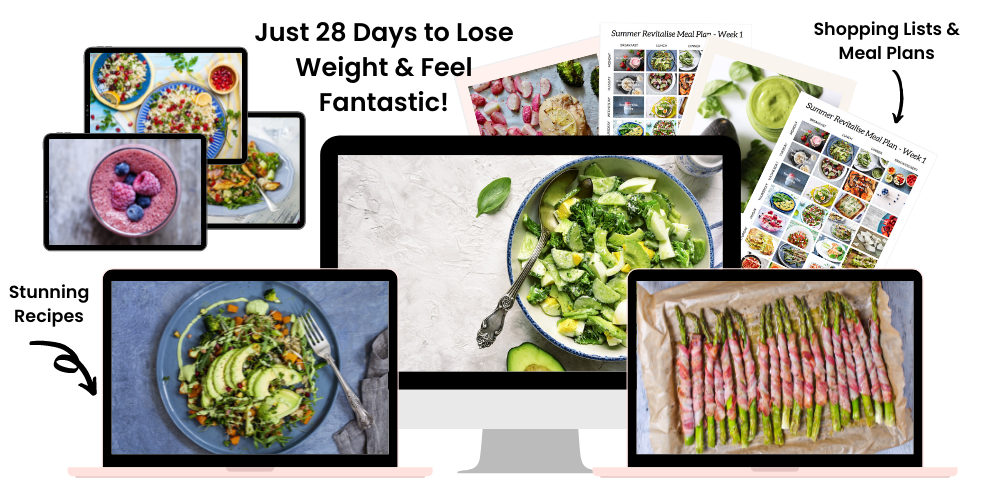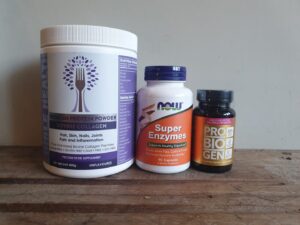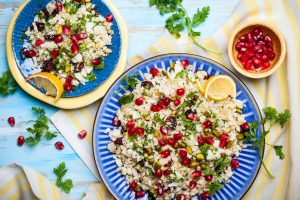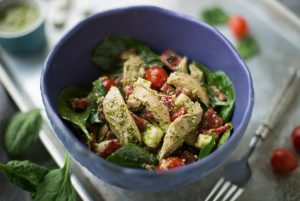One of the first plants I learnt how to forage and one of my favourite wild plants are Stinging Nettles! Urtica dioica is a plant that needs little introduction.
Most children recognise nettles and avoid them to prevent their itchy sting. Nettle is a highly nutritious wild plant. Many people have tried nettle and wild garlic soup – a foraging classic – and nettle leaf tea is widely available.
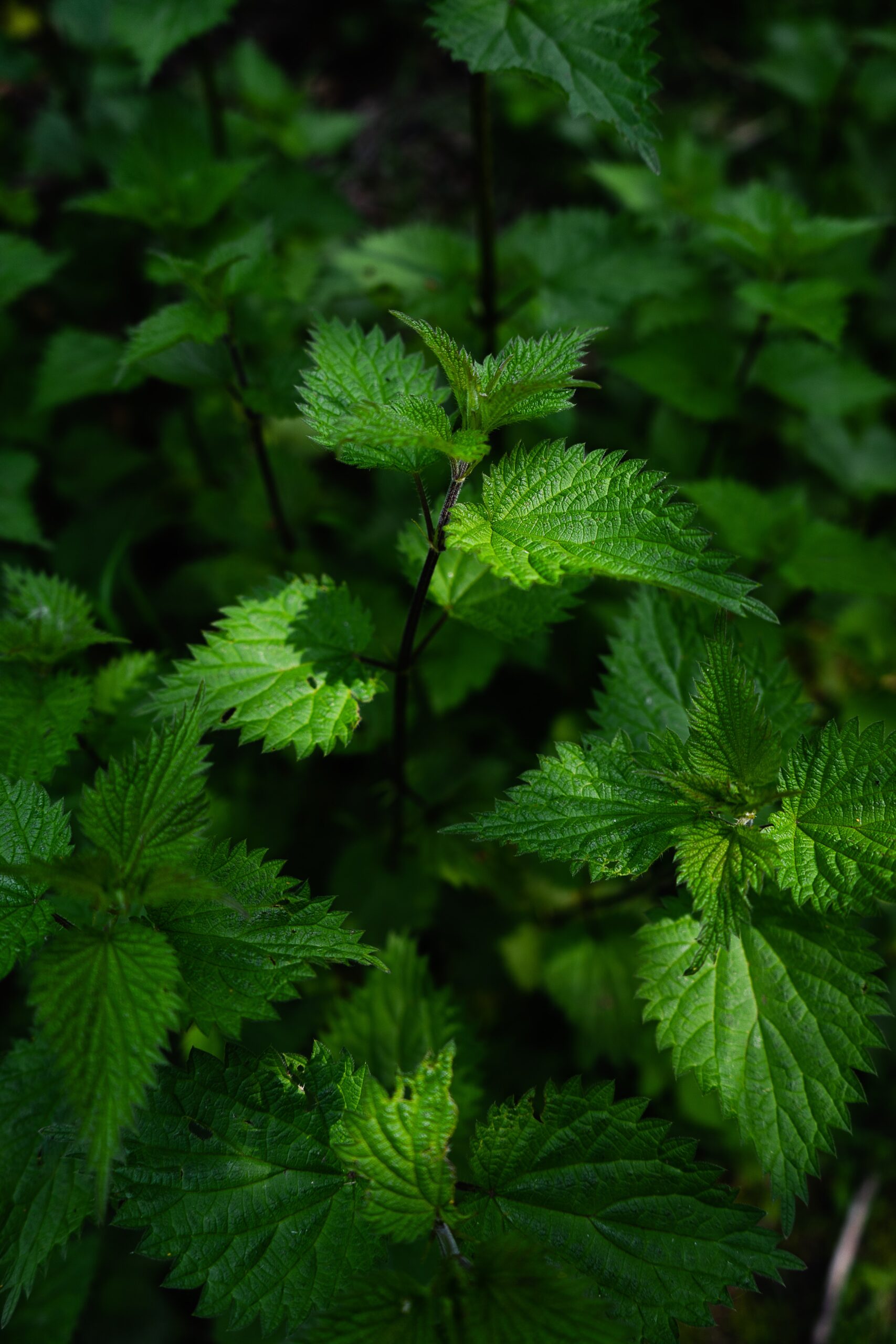
You can make an infusion of nettle to help hayfever. Add 1 litre of water to a pan, stuff in as much nettle leaf as you can, bring to the boil and then take off the heat. Cover and allow to cool overnight then strain off the nettle infusion. You can store this in the fridge for a couple of days. Drink regularly for relief from the symptoms of hayfever.
Nettle Seeds
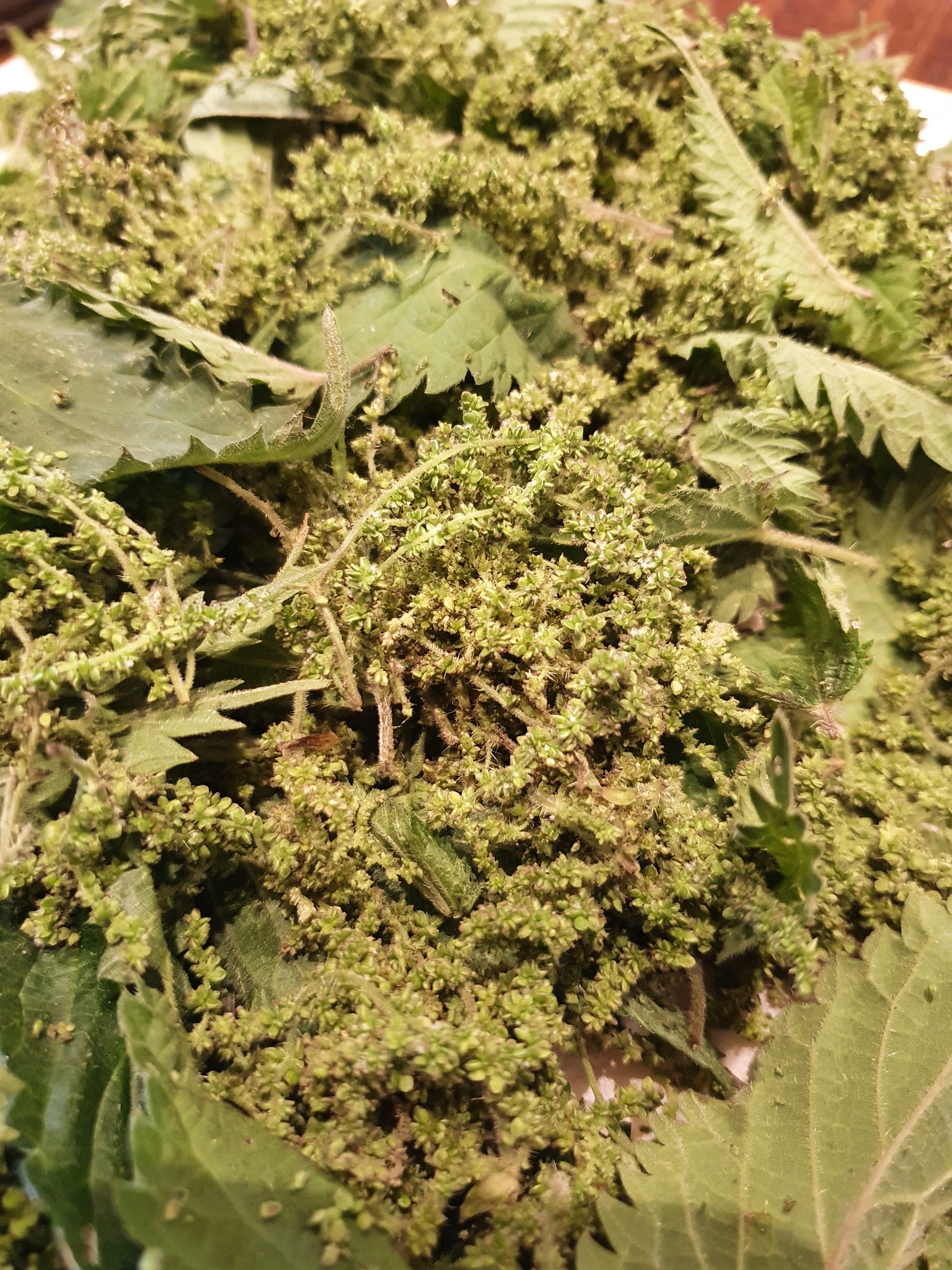
The use of nettle seed is still fairly uncommon. During July the female nettle produces inconspicuous flowers quickly followed by green seeds, drooping like heavily-laden catkins from the upper third of the plant. Over the summer the seed ripens and thickens. It’s harvested when still green before it starts to dry out and turn brown.
Harvesting Nettle Seeds
To harvest nettle seed, cut off the top third of each nettle and dry them on a sheet or brown paper in the sunshine, turning them occasionally until the leaves feel crisp. Then, wearing your Marigolds, rub the seed off into a bowl. The green seed is quickly separated from any stray leaves or stems by sifting it through a standard steel mesh kitchen sieve. If you’re rubbing a lot of seed through a sieve it’s a good idea to wear a paper mask as airborne seed dust can be itchy. For nettle seed that I plan to feed to other people, I take the precaution of toasting it in a dry frying pan. The heat dissolves any stray ‘crystal hairs’ (cystoliths) and brings out their nutty taste.
Nettle seeds are crunchy and full of oil high in polyunsaturated fatty acids – predominantly linoleic as well as linolenic, palmitic, oleic and stearic acids. Our bodies use linoleic and linolenic acids to make the important essential fatty acids omega 3 and omega 6.
Nettle seeds taste delicious. They can be substituted for poppy seed in crackers, oatcakes, bread or sprinkled with chopped nuts into salads.
Nettle seeds will give you an energy boost and can uplift your mood. For stimulating health benefits, take one to two spoons of fresh green or dried nettle seed a day (a standard heaped tablespoon is about 5 grams). You can eat up to 20 grams a day but many people find that just a teaspoonful is all they need.
Try mixing them into yoghurt, a smoothie or add them to overnight oats. You could grind them up with salt to use as a seasoning, or make them into energy bars. I blitz ½ cup of dried apricots with ½ cup of cashew nuts, ¼ cup of sesame seeds and ¼ cup of nettle seeds with 2 tablespoons of raw honey and 1 tablespoon of coconut oil. Press the mixture down into a baking tray and refrigerate. After 1 hour you can cut these into bars and then store in the fridge for up to a week.
Crush the seeds in a pestle and mortar, then infuse them in extra virgin olive oil in a warm place for a week or two. This green oil makes a healthy salad oil or can be used with essential oils as an anti-inflammatory liniment for arthritic joints.
In the past, horse traders would feed nettle seed to horses a few weeks before selling them. It helped the old lags become sprightly again with high spirits and shiny coats. Victor Hugo in Les Miserables confirmed that “the seed of the nettle mingled with fodder imparts a gloss to the coats of animals” and the seeds were once used to fatten up fowl.
Nettle seed is considered a Western adaptogen herb that supports the adrenal glands and endocrine system. This is why in herbal medicine it is used as a tonic for fatigue and adrenal exhaustion; for people who are burnt-out, run down and low in energy, zest for life and libido.
For those interested in biochemistry, the ‘feel-good’ factor from eating raw, dried nettle seeds is caused by the neurotransmitters acetylcholine and serotonin, closely followed by choline and histamine.
Acetylcholine binds to the mood receptors in our brains. It stimulates the autonomic nervous system, improves mood and heightens sensory perception, attention span, vigilance and intuition. Acetylcholine disruption may be a primary cause of depression. Serotonin acts on the central nervous system. It regulates mood, appetite and sleep, influences memory and learning.
It is serotonin, along with histamine and formic acid, in nettle spines that causes the pain when you pick them! Incidentally, acetylcholine in nettle venom may well explain why the ancient practice of urtification for pain relief actually works! Nettle seeds also raise dopamine levels, creating pleasurable feelings.
Both the roots and seeds of nettle contain a lectin called Urtica dioica agglutinin (UDA). We’re not yet sure how much the seed contains but UDA is interesting because it contains a unique pattern of T-cell and cytokine activation, known as superantigen activity. In plain-speak, this means that it supercharges the body’s natural defences and immune system without, as other studies show, raising pro-inflammatory cytokines.
Nowadays medical herbalists mainly use nettle seed to increase energy, as an anti-inflammatory and as a highly effective kidney trophorestorative. It slows down renal failure, evidenced by increased kidney glomerular function and lowered serum creatine levels.
Modern clinical studies have shown that it also protects the liver, repairing it and restoring liver function after oxidative damage. Another macronutrient found in nettle seed called choline (a component of lecithin vital to liver function). Choline is sometimes used to treat liver cirrhosis and hepatitis. Studies have also shown that it is indeed anti-inflammatory and will soothe colitis (inflammation of the colon).
Nettle seed can be made into a tincture. In its most basic form a tincture is just an alcoholic extract. In the 16th century nettle seed was crushed and then soaked in wine, you can also infuse the crushed seeds in vinegar. Today, homemade tinctures can be made using 40% strength vodka at a ratio of 1 part of seed to 5 parts of vodka by volume. The seed must be crushed first and soaked in the vodka for up to 3 weeks before straining off. At this strength the usual dose is no more than 2 ml taken up to 4 times a day.
One note of caution: be careful when eating nettle seed not to exceed 30 grams a day. It can be over-stimulating and, like an amphetamine, prevent you from sleeping (although some people do experiment with nettle seed recreationally). A large 250ml cup of nettle seed tea (boiled fresh nettle seed in a 1:12 ratio (25 grams to 300 ml water) may keep you wide awake for several days!
About Me
Hello, I’m Chloe. I’m a nutrition and health coach and I’m on a mission to inspire & support women so they can go from feeling fatigued to feeling fabulous!

I help women who are FED up of being overweight, addicted to sugar and feeling tired ALL THE TIME to lose weight and optimise their health by fixing hormonal, digestive, autoimmune and energy issues.
My step-by-step programme, Revitalise, will help you lose weight, get back your energy, restore vitality and create lifelong health using the power of beautiful & delicious REAL FOOD.
I’m here to make it easy for you to eat healthy, delicious food without counting calories or feeling deprived. You’ll reset your relationship with food, shift your mindset and build new habits for a complete health transformation!
Disclaimer: All information provided is for informational purposes only, and is not to be construed as medical advice or instruction. Please consult your GP or a qualified health professional on any matters regarding your health and wellbeing. I am a nutritional educator and do not dispense medical advice nor prescribe treatment. While nutritional support can be an important complement to your medical care, a nutritional therapy program is not a substitute for the diagnosis, treatment, or care of a disease, illness, or injury by a medical provider. Nutritional evaluations and lifestyle assessments are not intended for the diagnoses of disease.
Disclaimer: chloearchard.com is a participant in the Amazon EU Associates Programme, an affiliate advertising programme designed to provide a means for sites to earn advertising fees by advertising and linking to Amazon.co.uk. Buying through our affiliate links does not cost you anything but helps us keep this website up and running. Thank you!
All information provided within this blog post is for informational purposes only, and is not to be construed as medical advice or instruction. Please consult your GP or a qualified health professional on any matters regarding your health and wellbeing or on any opinions expressed within this blog post. The information provided in this blog post is believed to be accurate based on the best judgment of the author. However, you as the reader must be responsible for consulting with your own GP or other health professional on matters raised within. chloearchard.com will not accept responsibility for the actions or consequential results of any action taken by any reader.
The material in this blog post may include information, products or services by third parties. Third Party Materials comprise of the products and opinions expressed by their owners. As such, chloearchard.com does not assume responsibility or liability for any Third Party material or opinions. The publication of such Third Party Materials does not constitute our guarantee of any information, instruction, opinion, products or services contained within the Third Party Material. Publication of such Third Party Material is simply a recommendation and an expression of our own opinion of that material.
